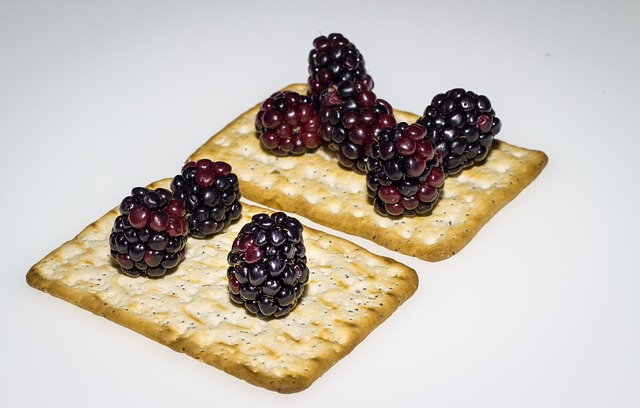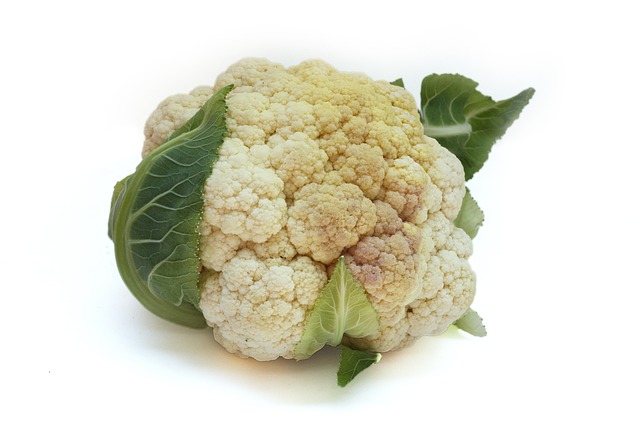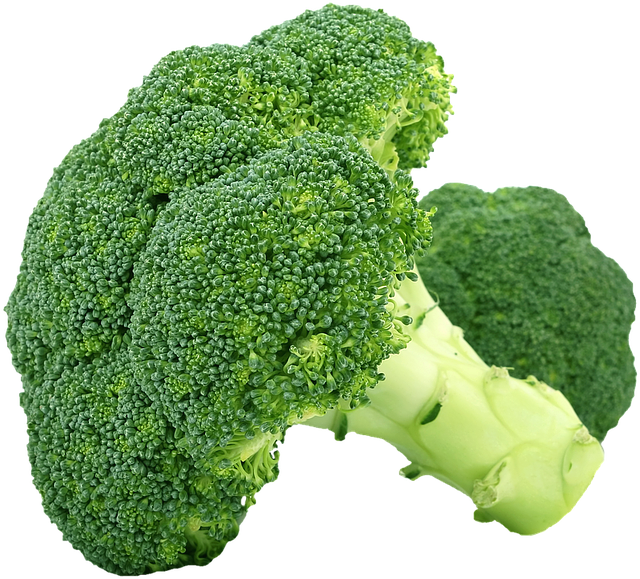Cravings and hunger are difficult to fight. It is, at least for me. Instead of going for fast food or processed foods, look over the list below and see if you can find some of our food choices in your refrigerator
Do you experience hunger when attempting to reduce weight? Many people do. Yet, if you consume enough fiber, your hunger will certainly subside. Natural foods and whole grains are high in fiber.
Nevertheless, some high-fiber foods are also heavy in fat and calories. If you want to lose weight and lose fat, utilize this list of natural weight reduction meals that are high in fiber but low in calories and fat.
All of them can be found at your local grocery store, and many are small enough to carry with you for a quick snack on the road. (All nutrition information values are verified to be current using the USDA FoodData Central database or the MyFitnessPal app.
Radishes
Radishes are crisp, flavorful, and very low in calories. The fat-free veggie is also simple to store in the refrigerator and transport when you need a quick snack.
Radishes aren’t the highest fiber vegetable, but they do provide 2 to 3 grams of fiber for every 20 calories (approximately 9 radishes). If you don’t like eating radishes on their own, cut them up and add them to your salad for a fiery flash of flavor. Radishes can also be cooked and eaten as a healthy side dish.

Chickpeas can easily fight hunger
Chickpeas, often known as garbanzo beans, are versatile high-fiber vegetables. A half cup of the hearty bean contains approximately 140 calories and nearly 6 grams of fiber.
If you enjoy the nutty flavor of chickpeas, try them roasted or as a side dish, like this curried channa. Make low-calorie hummus instead. Whole canned garbanzo beans can also be added to soups and salads.
Guava
Guava is a tasty tropical fruit with up to 45 calories and 5 grams of fiber per medium fruit. Guavas can be eaten fresh or blended into a nutritious smoothie.
To prepare a guava smoothie, blend any portion of the fruit (everything is edible!) with berries or citrus fruit. Strawberries and pineapple complement guava beautifully. You can add dairy, such as skim milk or yogurt if you wish, but you don’t have to. You can also add spinach for an extra dose of protein and fiber!
Pears
Do you have a sweet tooth? A pear will fulfill your appetite while also providing a healthy amount of fiber. A tiny ripe pear offers only 85 calories, yet 5 grams of fiber. A fresh pear can be eaten raw as a snack or added to cereal, yogurt, or oatmeal. For a delectable dessert, poached pears.
Celery
Celery has a long history as a diet staple. It’s inexpensive, adaptable, and extremely low in calories. Celery is also high in dietary fiber. A medium stalk of celery contains only 6 calories and 1 gram of fiber. It may not seem like a lot of fiber, but when you consider all the ways you can use celery, those fiber grams can soon mount up.
Cut celery and put it in a vegetarian omelet for breakfast, or add it to a green juice. Bring two or three stalks for lunch, or toss them into a salad. For dinner, you can create cream of celery soup. To save calories and make the soup smooth, substitute white beans (high in fiber!) for heavy cream.
Palm Hearts
This crisp vegetable may be strange to some. It’s more likely to be found in the canned vegetable aisle than the fresh section of the supermarket store. If you can obtain and prepare fresh varieties, you can certainly reduce the sodium content and get a cleaner taste.
A full cup of canned hearts of palm contains only 41 calories and 4 grams of fiber. Several individuals liken the flavor to asparagus or artichokes. Hearts of palm are simple to cut up and toss into salads. They can also be served as a side dish with lemon. While cooking them, use chicken stock instead of butter to save calories.
Frozen berries to fight craving for sweets
If you’re attempting to reduce weight on a budget, you should avoid the high-priced containers of fresh berries in the produce section. Nonetheless, berries can still be included in your diet. Simply buy them in the freezer section instead.
Frozen berries are high in fiber and other beneficial elements. Frozen unsweetened blackberries, for example, contain 97 calories and 8 grams of fiber per cup. Frozen raspberries are only 64 calories and 8 grams of fiber per cup. For dessert, try a high-protein berry drink or a berry sauce.
White Peas
Almost all beans are high in fiber, but white beans are particularly flexible. White beans provide 150 calories and 6 grams of fiber per half-cup serving. That serving of beans also contains up to 10 grams of protein.
White beans can be added whole to soups and salads, but they can also be pureed and added to soup recipes. To achieve a creamy texture, most cream soup recipes use heavy cream or butter. Instead of high-fat dairy products, use pureed white beans. It’s simple to make and excellent. A white bean breakfast pizza is another unusual option.
Veggies on Rye Crackers to Fix Cravings
To enhance their fiber intake, many people select whole-grain bread. But did you know that crackers have more fiber and fewer calories? If you choose the correct crackers, it’s true.
A single slice of homemade or artisan whole-grain bread contains approximately 130-150 calories, 2 grams of fat, and 3 grams of fiber. Yet, a single serving of Ry Krisp Lite Rye Crackers contains only 46 calories, 2 grams of fiber, and no fat.
4 crackers (2 serves) provide 4 grams of fiber for a fiber-rich lunch. Then top with sliced red peppers (another fantastic source of fiber), low-calorie hummus, and herbs for a fiber-rich lunch.

Peas
Frozen peas aren’t the most glamorous vegetable, but they’re high in fiber. They’re also inexpensive and simple to keep. Peas provide 62 calories and 4.4 grams of fiber per half-cup serving. When you consume a serving of peas, you’ll also get almost 4 grams of protein.
Peas can be added to salads or other recipes even if they aren’t listed as an ingredient. Peas have a mild flavor that compliments almost anything. And they’re delicious on their own! Make a spring vegetable risotto with peas.
Jicama
Jicama is popular in some parts of the United States but difficult to find in others. Yet, if you’re attempting to lose weight with fiber, this crispy sweet root vegetable is worth looking for. A small raw jicama contains 18 grams of fiber, 140 calories, and 3 grams of protein.
Don’t know what to do with jicama? You may peel and slice the vegetable and eat it exactly like a carrot. It’s also a tasty addition to salads or spring wraps.
Spinach
Spinach is a superfood for a variety of reasons. This nutritious leafy green vegetable is quite adaptable. A cup of boiled spinach contains approximately 65 calories, 7 grams of fiber, and nearly 8 grams of protein.
So, how should you eat spinach? Replace iceberg lettuce with it on sandwiches and salads, or add it to your daily omelet. Make a simple spinach casserole or a spinach-egg skillet bake.
Acorn Squash
Many squash varieties include fiber, acorn squash is popular since it is easy to locate, reasonably priced, and simple to prepare. A half-acorn squash has 85 calories, 3.25 grams of fiber, and 1.75 grams of protein. Acorn squash is a delicious comfort dish.
This naturally sweet, warm dish is a perfect substitute for starchy items like potatoes or spaghetti. What is the best way to cook acorn squash? Many people enjoy roasting it (it can be substituted for delicata or butternut squash), but you can also use it in soups, casseroles, and even baked goods.
Cauliflower
Searching for a cheap and simple approach to increasing your fiber intake? It doesn’t get any easier than this. This multipurpose vegetable contains about 2.5 grams of fiber, 2 grams of protein, and only about 25 calories per serving!
It’s a fantastic crunchy vegetable to eat raw, but mashed cauliflower can be used in the same manner that mashed potatoes are. Some people even make pizza crust out of cauliflower, which is delicious. Alternatively, try cheesy cauliflower cakes.


Broccoli
Everyone knows broccoli is beneficial for losing weight, but do you know why? One cup has 31 calories, 2.4 g fiber, and 2.5 g protein. Use broccoli in a cream soup if you don’t like the texture. It’s also great grilled with lemon or stir-fried.
To Conclude
Some high-fiber foods are also heavy in fat and calories. If you want to lose weight and lose fat, utilize this list of natural weight reduction meals that are high in fiber but low in calories and fat.
It is normal for most of us to seek out fast foods or quick sugary snacks when we are hungry. It’s difficult not to.
Perhaps you can prepare some snacks or dishes with the tasty and natural foods that are ready to eat in your refrigerator for when you’re hungry or have crazy desires like I do.
